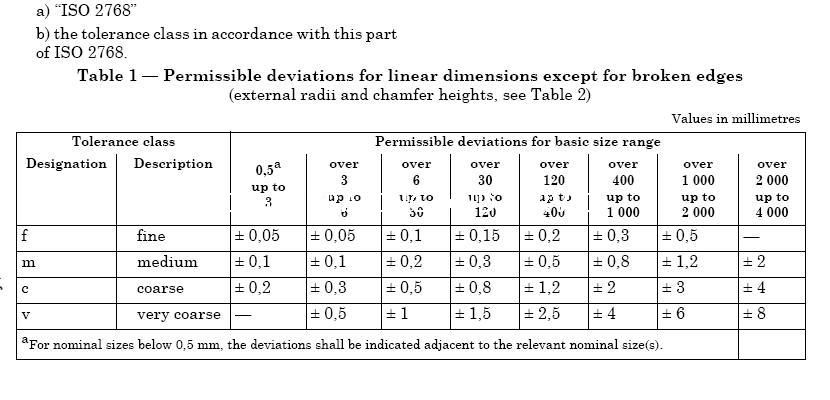

This ensures customer satisfaction and reduces retooling costs for the CNC machine shop, should anything not accord to the requirements.īy appropriate features, we mean that it is not necessary to define tolerance for every dimension. Thus, it is in the designer’s interest to define part tolerances for the appropriate features before handing it over for CNC machining. Unless the customer specifies any certain tolerances, the parts will usually be made according to a general tolerance grade. Common Tolerances in CNC MachiningĮngineering tolerances are a necessary requirement when defining product measurements. For the remaining cases where small dimension variations can affect the part’s performance, tighter tolerances can be maintained. The standard tolerance limit is a small number and in most cases, such a small difference between two parts that perform the same function may not even matter. For reference, the thickness of a human hair is 0.002” (0.05 mm). The tolerance limit defines the maximum allowable difference between corresponding dimensions of the two parts.įor CNC machining, the standard tolerance limit is set around +/-.005” (0.127 mm). This difference in final measurements between two parts made from the same CNC machine is accounted for by setting up a standard tolerance limit. It is impossible to create identical parts of the same exact dimensions no matter which CNC machine we select. The final measurements between any two parts made using the same manufacturing process even on the same CNC machine are always off by a small amount.

Technical rubber moulded parts are normally tolerated according to the tolerance class M3 = middle.While CNC machining services are highly accurate when it comes to product dimensions, they are not perfect. Depending on the process, the dimensions bound to the mould closure (C) are tolerated more largely than the dimensions bound to the mould (F). Depending on the press direction of the mould, the norm in addition distinguishes between dimensions bound to the mould (F) and the two component adhesion system measurements bound to the mould closure (C). A distinction is made between 4 tolerance classes from M1 = fine to M4 = coarse.


Rubber moulded parts are tolerated according to DIN ISO 3302-1.


 0 kommentar(er)
0 kommentar(er)
